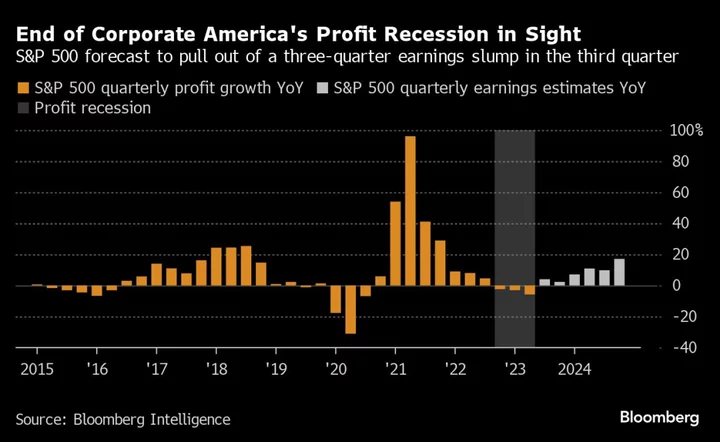The next frontier in food seems to be drawing inspiration from the final frontier. A "Star Trek"-like, food-on-demand 3D printer has just served up a real, cultivated fish fillet for the first time.
Steakholder Foods, a startup based in Israel, produced the 3D-printed cut of grouper -- "a significant milestone in the food industry," says Arik Kaufman, CEO of Steakholder Foods.
The company teamed up with Singapore-based Umami Meats to create the fillet. "In this first tasting, we showcased a cultivated product that flakes, tastes, and melts in your mouth exactly like fish should," says Mihir Pershad, Umami Meats cofounder and CEO.
Cultivated seafood and meat are real proteins that are grown in a lab using stem cells, instead of fish from the sea or livestock raised on a farm.
The nascent slaughter-free industry aims to hit the flavor parity of conventional meat, but without the traditional costs to both animals and the environment.
"We are still eating and consuming meat the way that we've consumed thousands of years ago," Kaufman tells CNN, "so we've decided to take a new approach to try and reinvent the way that meat is produced."
How the sausage is made
Prior to developing a fish fillet, the company had primarily focused on its namesake: steak.
The process of cultivating meat begins with stem cells taken from an animal, and grown in bioreactors, according to Orit Goldman, vice president of biology at Steakholder Foods. The cells differentiate into either muscle or fat cells that eventually form into the tissues that will become the final meat product.
Those differentiated muscle and fat cells are then turned into bio-inks (a formulation of the cells and bonding materials) and placed into cartridges in the 3D printer. The printing process allows the steaks to be customizable by giving consumers the option of picking the fat composition of their cut.
"Our secret sauce is in our printing capabilities," Kaufman tells CNN, and while he adds that the steaks printed now don't have the exact same taste and texture as the real thing, he's confident they'll get there in the next decade.
Israel, where Steakholder Foods is based, is recognized as a leading country in the alternative meat industry -- and is even home to the first company to grow meat in space. In October 2021, the Israeli government formed a cultivated meat consortium backed by $18 million in funding.
"You're creating what is essentially identical to animal meat, but not growing all the other parts of the animal," says Liz Specht, vice president of science and technology at the Good Food Institute (GFI), a nonprofit think tank focused on alternative proteins.
The UN estimates that nearly 90% of the global marine fish population are overfished or depleted. As for meat, raising livestock generates nearly 15% of total greenhouse gas emissions. According to a 2022 report by the Intergovernmental Panel on Climate Change, lab-grown meat could help lower those emissions by reducing land, water, and nutrient usage -- though a recent University of California, Davis study awaiting peer review warns of environmental costs of scaling up cultivated beef using current processes.
Regulatory progress and hurdles
The cultivated meat and seafood industry is a relative newcomer within the larger alternative protein scene, which includes more well-known plant-based options such as Beyond Meat and Impossible Foods.
What began with NASA research in 2006 has since ballooned during the last decade -- over 150 companies across six continents have emerged to develop all kinds of cultivated fare, from chicken nuggets and fish sticks.
More recently in the US, the Food and Drug Administration (FDA) declared lab-grown chicken from Good Meat safe to eat in March -- the FDA's second safety nod for a cultivated meat company. But there are still regulatory hurdles to clear before consumers will be able to buy these products. At the time of writing, Singapore is the only country in the world where cultivated meat products are commercially available.
As with many new ideas, the industry will likely face some hesitancy from the public, says David Block, lead professor at UC Davis' Cultivated Meat Consortium in California.
"Consumer acceptance is going to be a sizable barrier for this industry, and (companies) are going to have to really think about what they do as they release their products onto the market," he says.
Opportunities to head that off, he adds, include tailoring products to taste better, be more nutritious, and have a longer shelf life.
"One way is to create hybrid products, so something that (combines) cultivated meat with plant-based meat or conventional meat," Block tells CNN. "And to me, that's going to be the real power of all of this work that's going on now -- somewhere 15, 20 years down the road, there will be products on the market that we don't even imagine now."
Will every species eventually have a cultivated counterpart? Block doesn't think so -- but what we will see, according to GFI's Specht, is greater availability to meat and seafood all over the planet.
"It could actually be a great democratizing instrument to give access to the whole menu, so to speak," she says.









